中國藥用植物
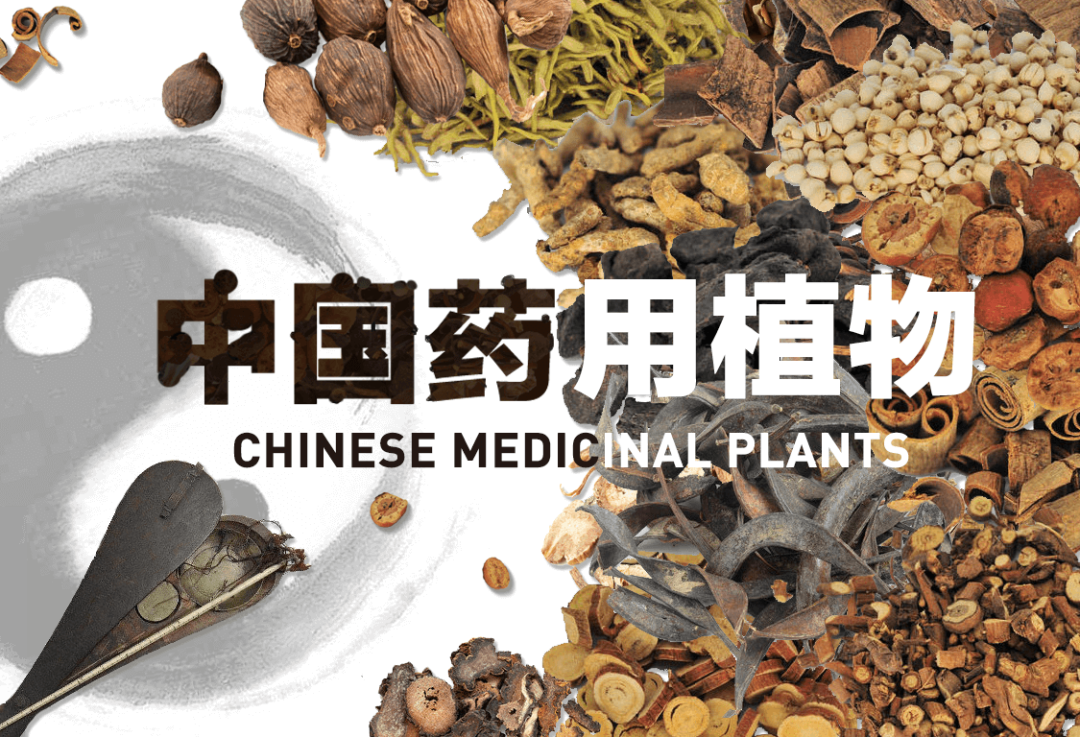
習近平總書記在黨的十九屆五中全會指出:
推動綠色發展,促進人與自然和諧共生。堅持綠水青山就是金山銀山理念,堅持尊重自然、順應自然、保護自然,堅持節約優先、保護優先、自然恢復為主,守住自然生態安全邊界。深入實施可持續發展戰略,完善生態文明領域統籌協調機制,構建生態文明體系,促進經濟社會發展全面綠色轉型,建設人與自然和諧共生的現代化。要加快推動綠色低碳發展,持續改善環境質量,提升生態系統質量和穩定性,全面提高資源利用效率。
中國藥用植物
中國是全球植物資源最豐富的國家之一,大約有36512 種高等植物,約占世界總數的 11%。植物物種的多樣性為中國先民們飲食、醫療和觀賞提供了豐富的可利用資源,特別是以中醫藥為代表的中國傳統醫學中利用植物治療各種疾病。
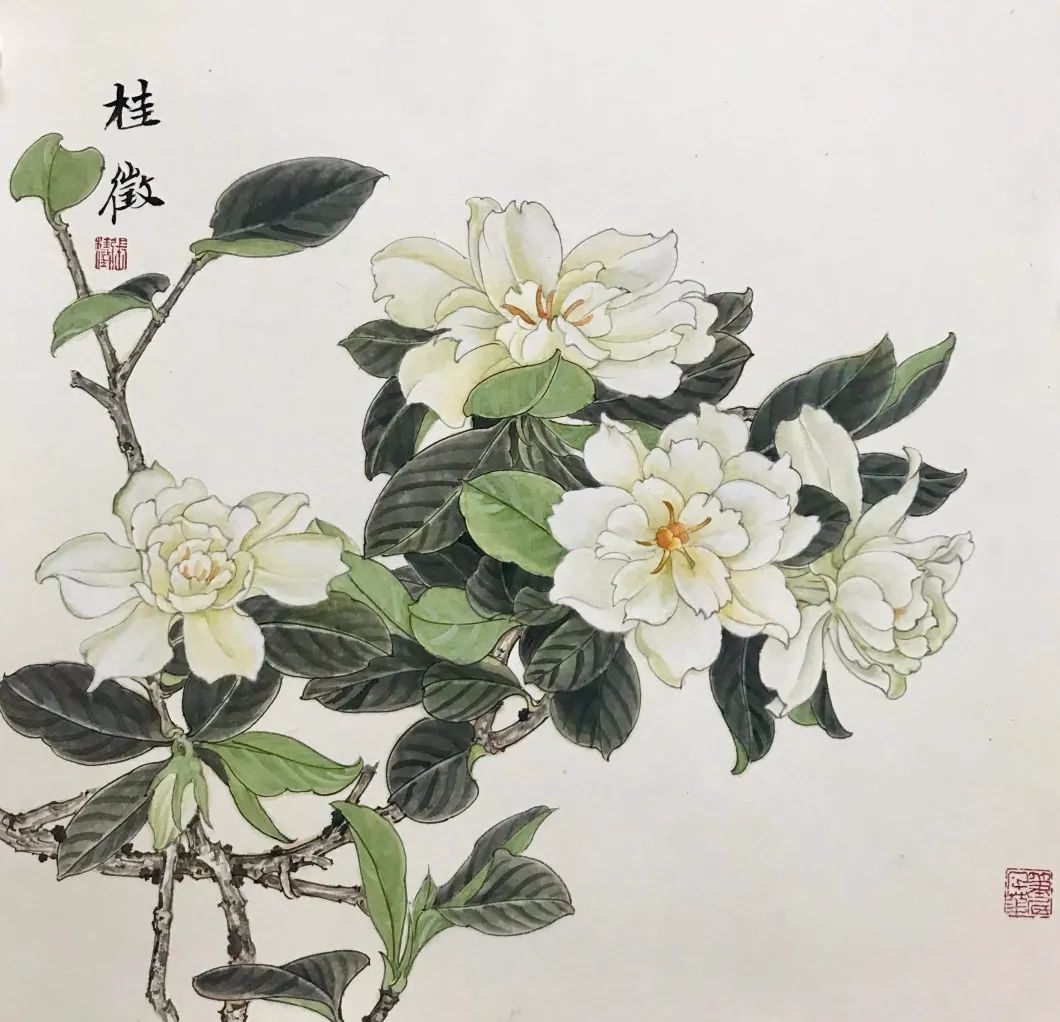
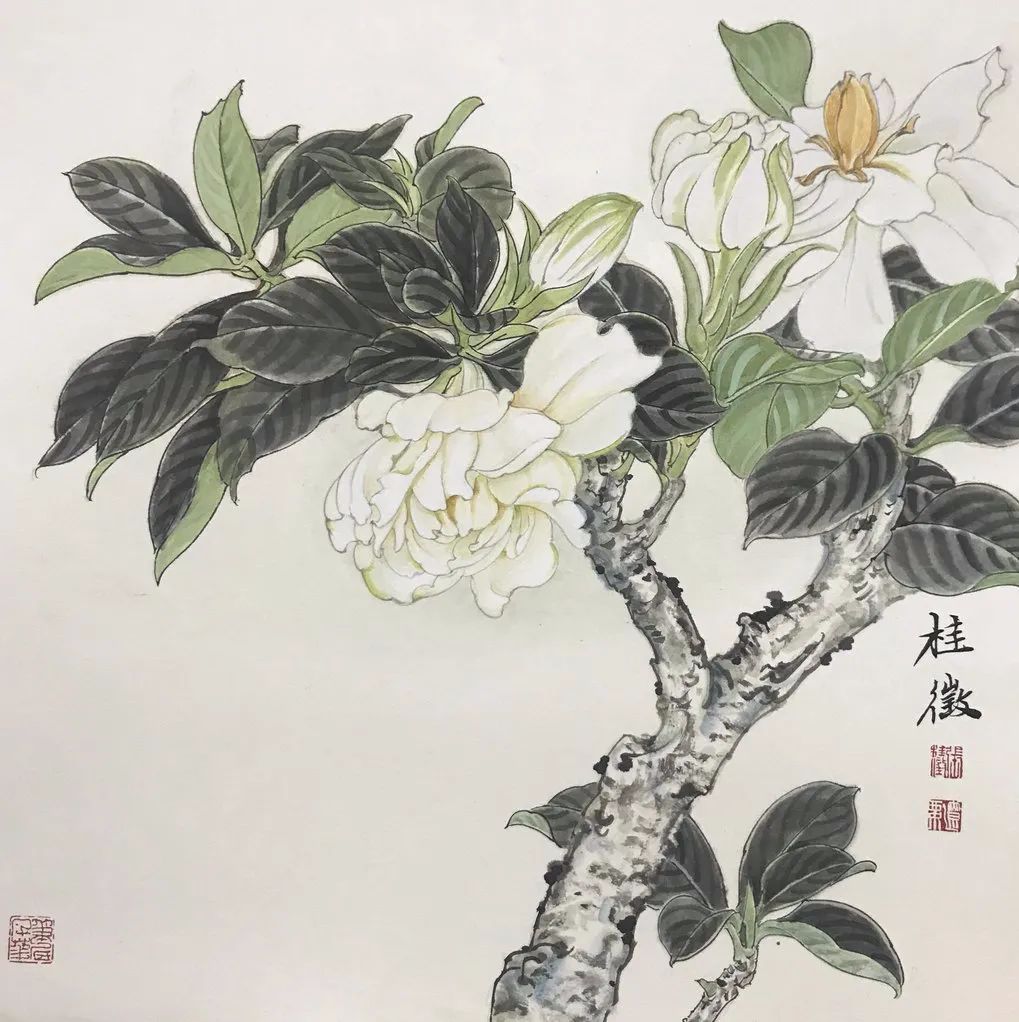
梔子(白蟾)Gardenia jasminoides var. fortuniana
張桂徵繪
幾千年來,傳統中醫藥為中華民族的健康、繁衍和昌盛提供了基本保障,中醫文化自始至終都深深地植根在中華民族傳統文化的沃土之中,在華夏文明中占有舉足輕重的重要地位。中華文化自古就有伏羲制九針、神農嘗百草等中醫歷史文化記載,五千多年來的歷史典故中,蔡桓公諱疾忌醫、莊子不龜手之藥、華佗刮骨療傷、馬援薏苡解瘟等耳熟能詳的故事,處處閃耀著中醫藥文化的燦爛光芒。《黃帝內經》、《傷寒論》等眾多古代中醫藥典籍中都包含著博大精深的醫學和藥學理論,是中國人民對人類文明發展的巨大貢獻。天人合一、和諧發展、命運共同體是中國哲學與自然科學千年的探索和追求的方向,弘揚中醫藥文化是造福全人類的偉大事業。

丹參 Salvia miltiorrhiza 孫英寶繪
中國戰國時期,《山海經》中記載的藥物有 124種,其中植物藥約有 51 種。《五十二病方》中記載的藥物增加至 242 種,植物藥已多達 108 種;東漢時期形成的著名本草學專著《神農本草經》中記載藥物 365 種,其中植物藥 252 種;明代時期,中國進入了中藥資源開發利用和本草理論發展壯大的鼎盛時期,《本草綱目》收載藥材 1892 種,其中植物藥 1094 種。
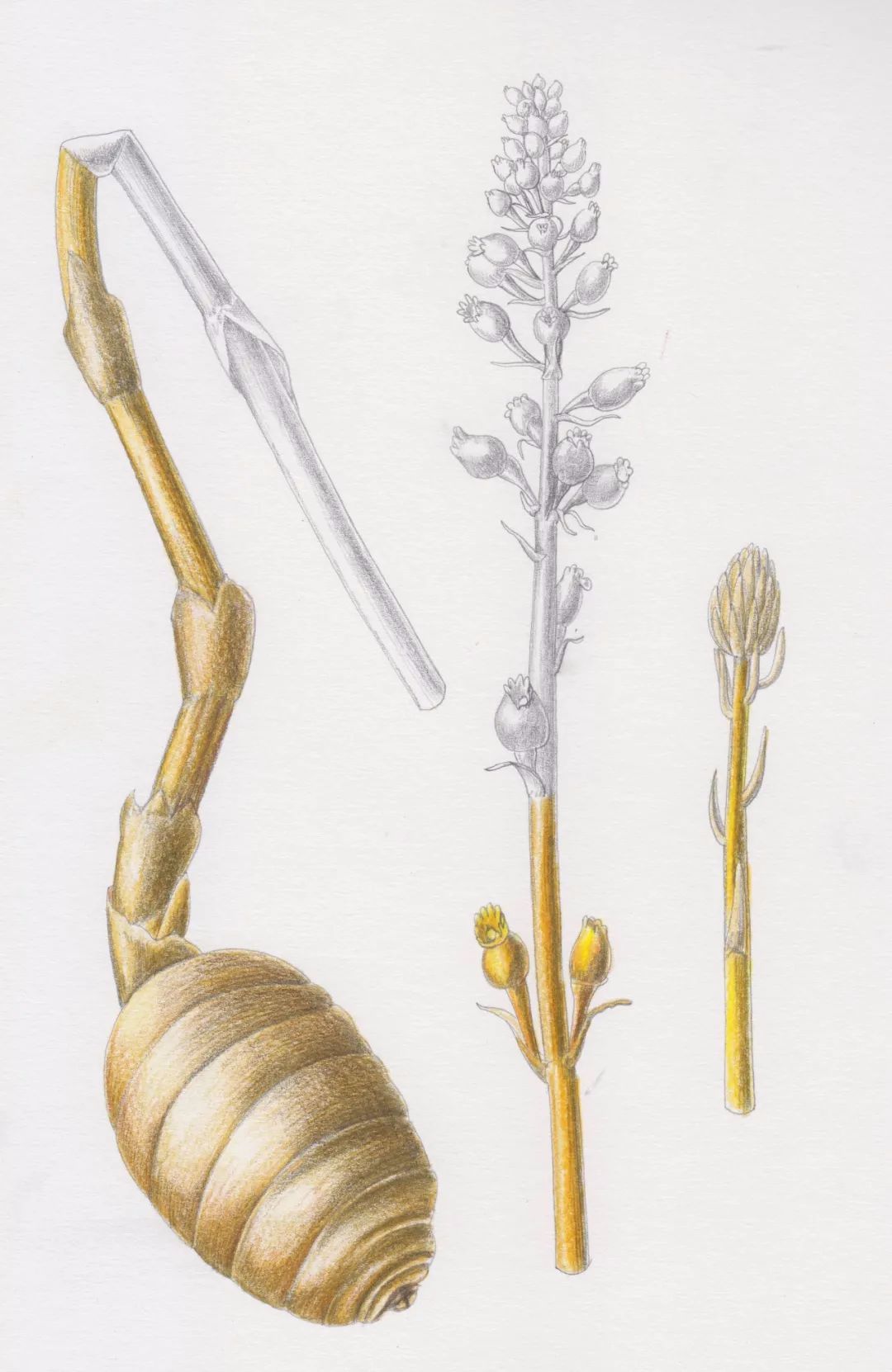
天麻 Gastrodia elata 孫英寶繪
目前,中國已知有藥用植物物種約 11118種,占全世界藥用植物的 40%,是中醫藥、食品、保健品等產業的重要物質基礎。發展利用藥用植物,是貧困地區脫貧致富和實現健康中國的根本保障。
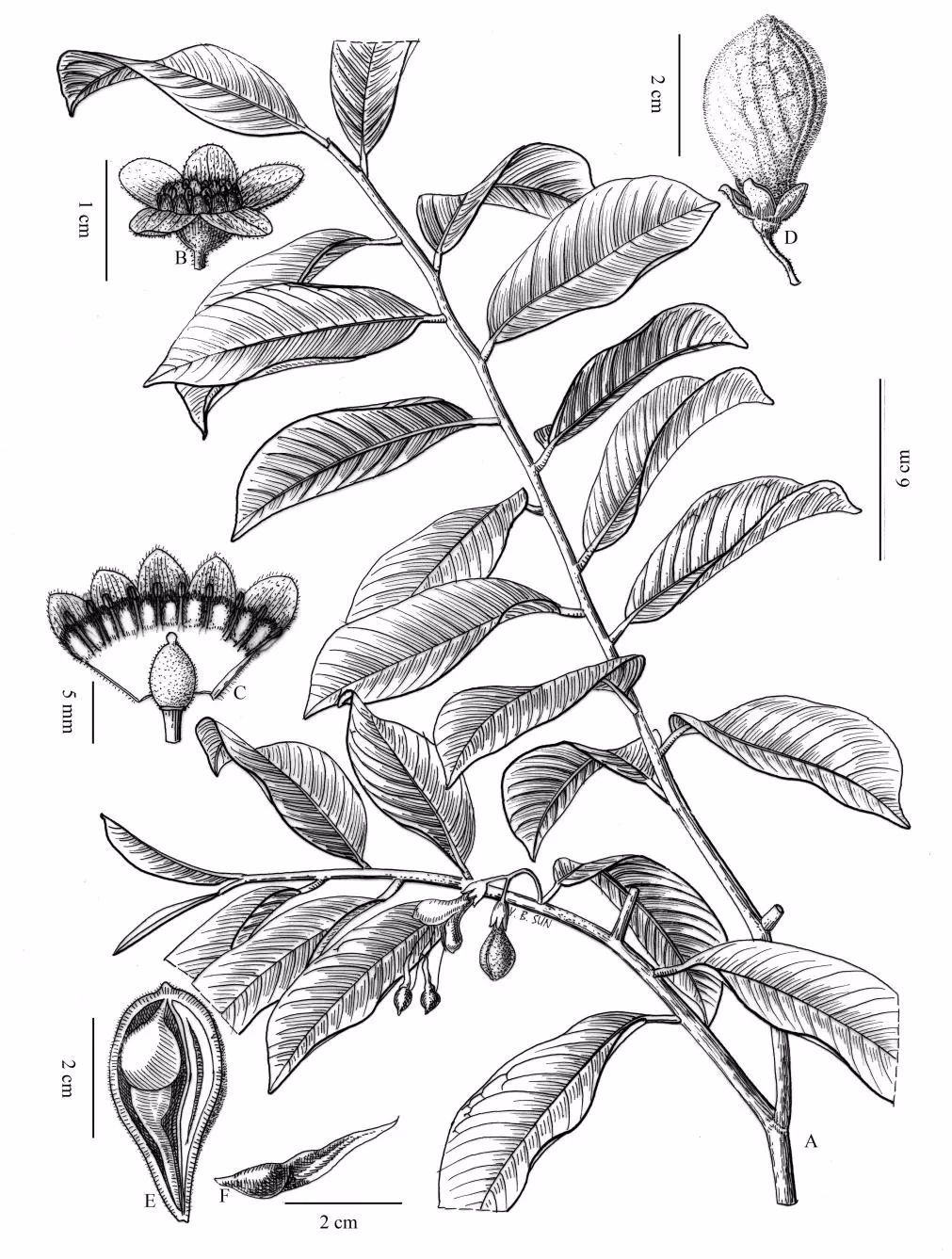
沉香 Aquilaria sinensis 孫英寶繪
隨著對中醫藥、保健品、化妝品和各類健康產品的開發與生產日益增長的需求,農田種植的藥用植物生產方式、野生種源保護和發展等多方面的矛盾日趨突出,市場也存在擅自大量收購野生藥用植物資源的違法現象,以及不斷擴大的商業利益需求對野生藥用植物資源的保護造成了巨大壓力。過度采集威脅著居群和物種的生存,同時也對生態環境和生物多樣性保護造成了不同程度的破壞。

人參 Panax ginseng 戴越繪
國家自然資源和林業管理部門、行業企業與消費者都意識到,野生藥用植物資源正在急劇下降的同時,也導致中草藥品質受到極大影響,這在很大程度上制約了健康中國和傳統中醫藥的發展。
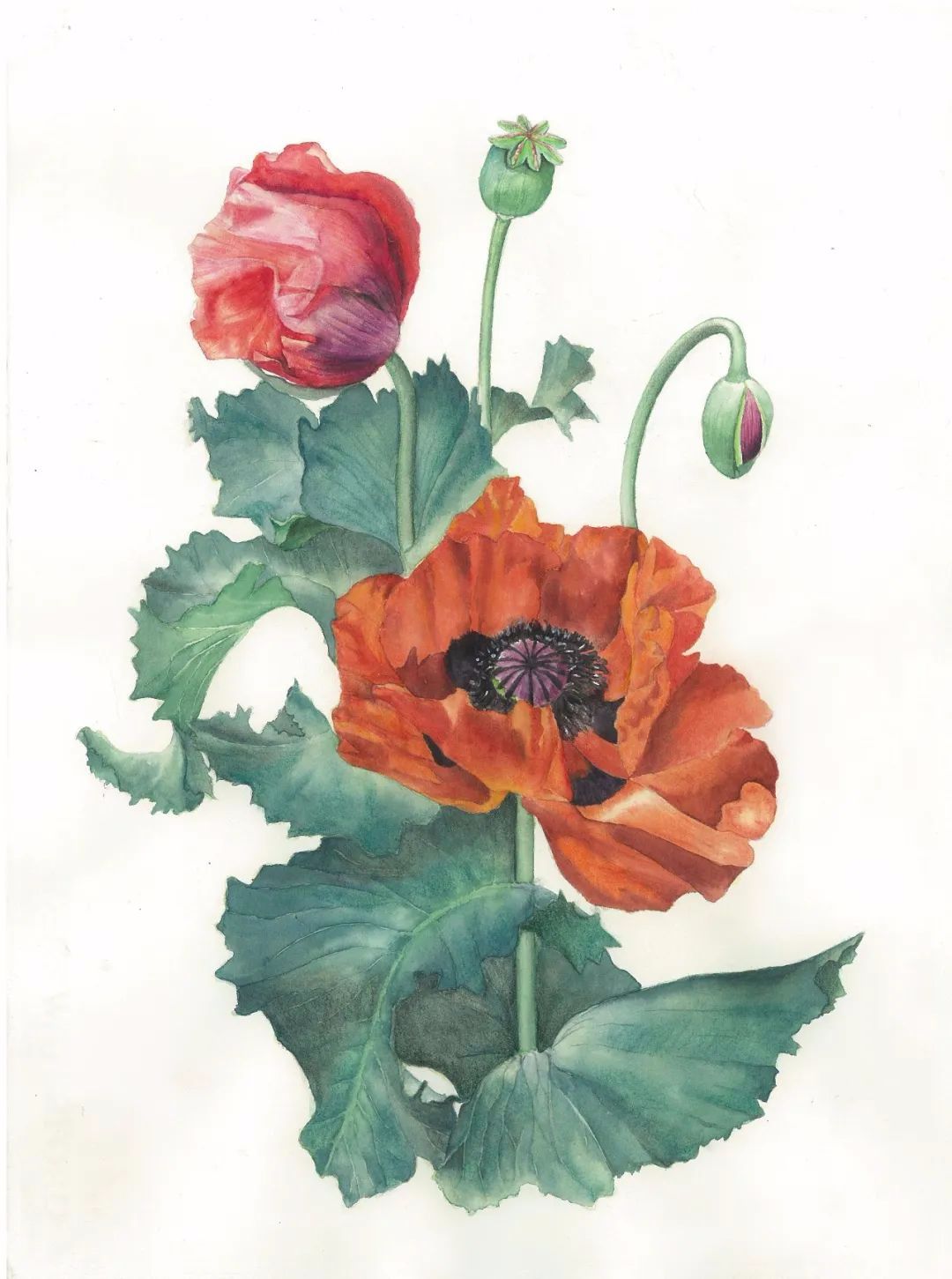
罌粟 Papaver somniferum 戴越繪
面對這種挑戰,必須確定適應自然的發展方式,減少過度破壞,充分保護優質自然資源,已實現可持續發展。通過科學繁育生產出高品質的藥用植物以滿足社會需求。
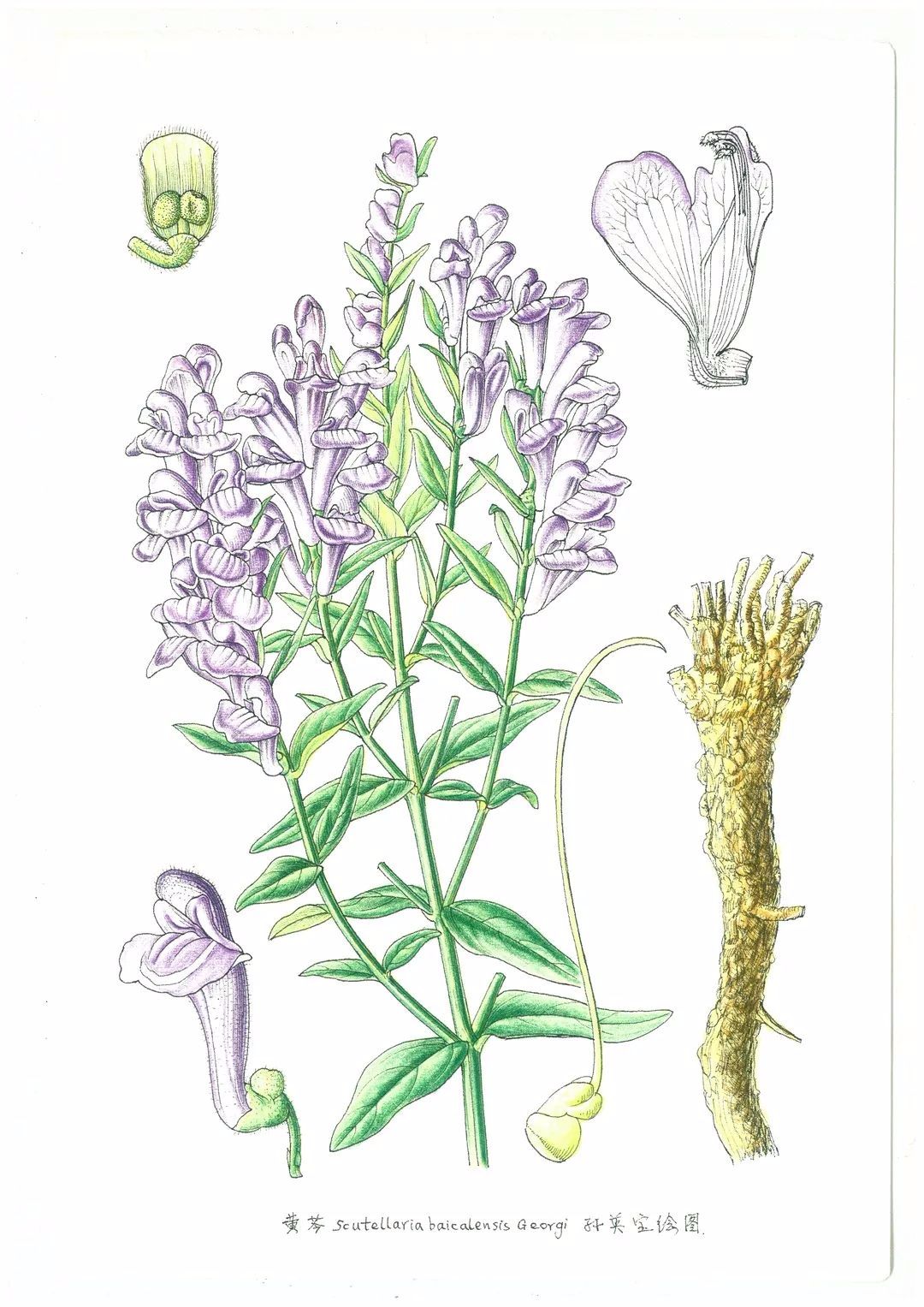
黃芩 Scutellaria baicalensis 孫英寶繪
當前,中國科研人員采用野生撫育技術,已成功實現對野生藥用植物的繁育,在吉林和遼寧撫育出近百萬畝人參;在河南和山西撫育了百萬畝野生的連翹;在云南、貴州和陜西撫育了野生天麻;在四川和青海成功馴化了川貝母;在海南、廣東、廣西栽培成功了白木香,實現了人工結香技術。并通過技術與成果推廣,有效幫助了當地百姓脫貧。

黃連 Coptis chinensis 孫英寶繪
中醫藥已傳播到 183 個國家和地區,由中國推動在國際標準化組織(ISO)成立的中醫藥技術委員會(ISO/TC249)目前已發布 45 個中醫藥國際標準,為全世界提供了優質的藥用植物,中醫藥正快步融入國際醫藥體系,為人類健康福祉作出越來越大的貢獻。尤其在此次抗擊新冠肺炎疫情中,中醫藥發揮了巨大的作用。

金銀花 Lonicer japonica 孫英寶繪
未來,中國將嚴格加強野生藥用植物資源保護,節約利用野生藥用植物,科學開展珍稀瀕危中草藥替代品的研究和開發利用,最大程度減少野生資源的破壞;規范發展藥用植物的野生撫育、仿野生栽培和生態種植,減少對野生居群需求壓力的同時,保障科學繁育藥用植物產品,提高藥用植物的質量;充分利用林下自然資源,實現提升森林與草原生態系統服務功能,促進林下與草原經濟的發展,提高人民的經濟收入。
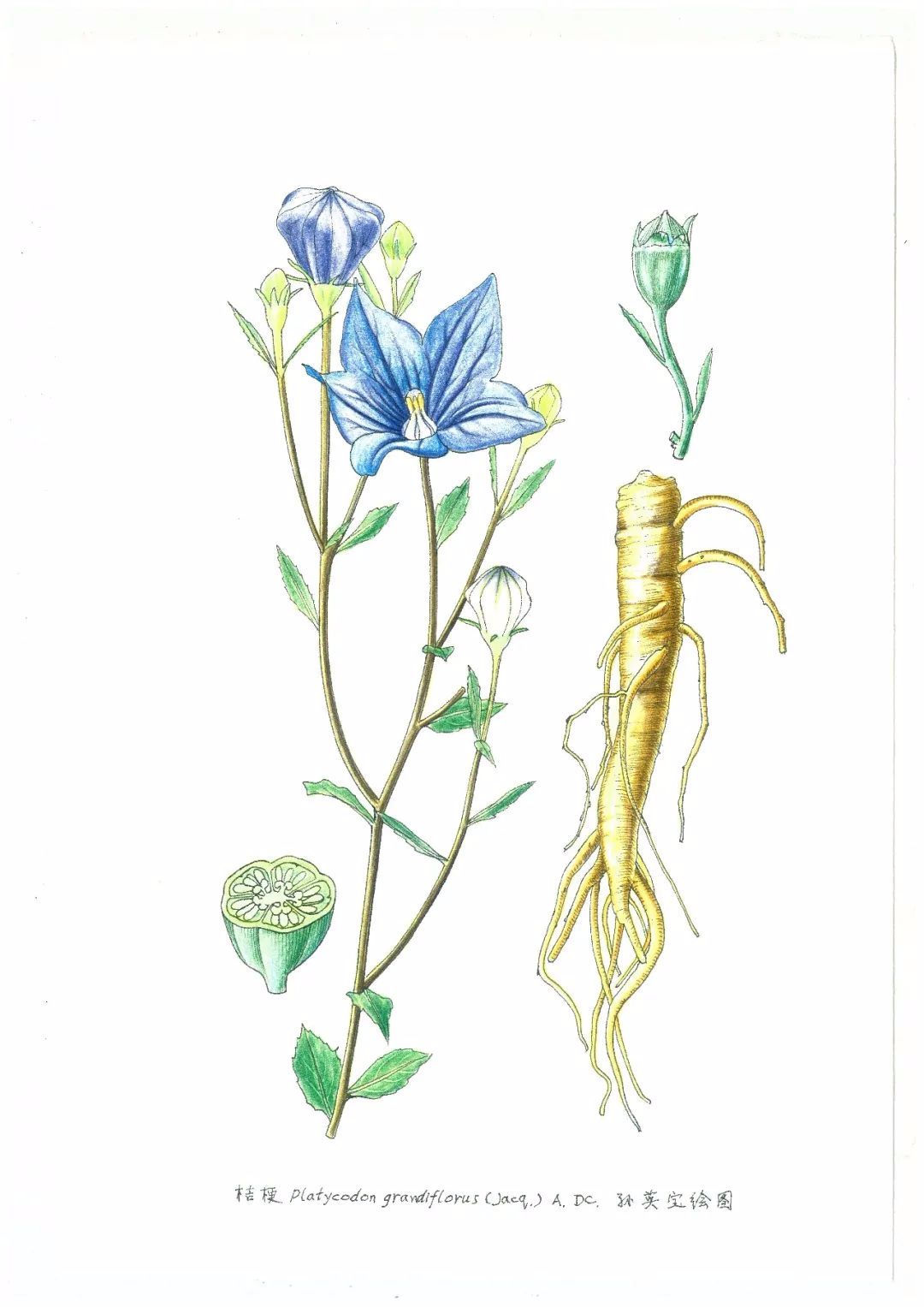
桔梗 Platycodon grandiflorus 孫英寶繪
中國野生植物保護協會正組織相關科研機構,研究制定《藥用植物保護和繁育規范》,同時開展與國際貿易標準的對接工作,推動中國中醫藥事業與世界經濟的融合。
Chinese medicinal plants
China is the country with the richest plant resources in the world. There are about 36,512 species of higher plants, accounting for about 11% of the world' stotal.
The diversity of plant species provided abundant resources for Chinese ancestors' foods, medicines and horticulture, especially the use of plants to treat various diseases in traditional Chinese medicine (TCM).
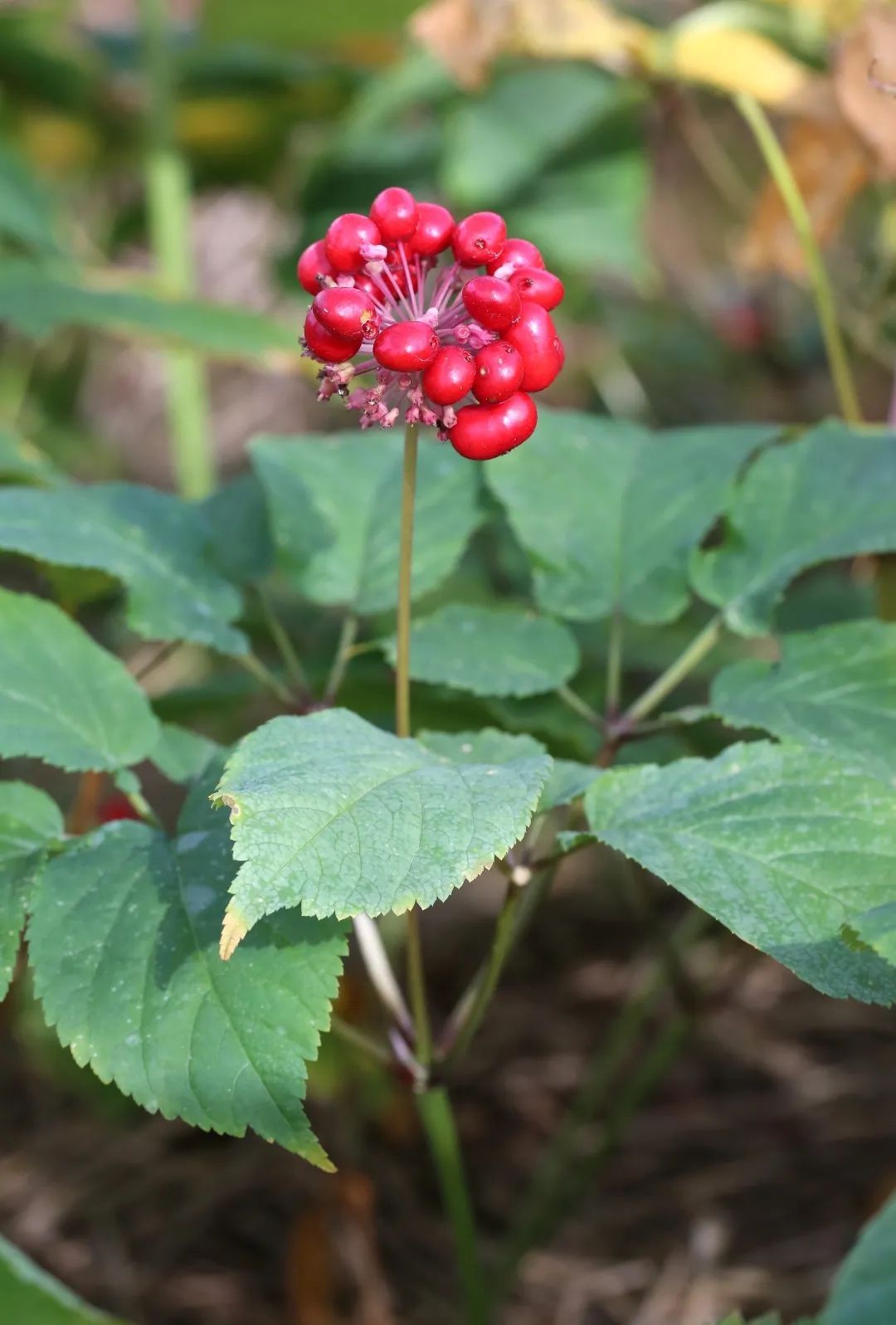
西洋參 Panax quinquefolius
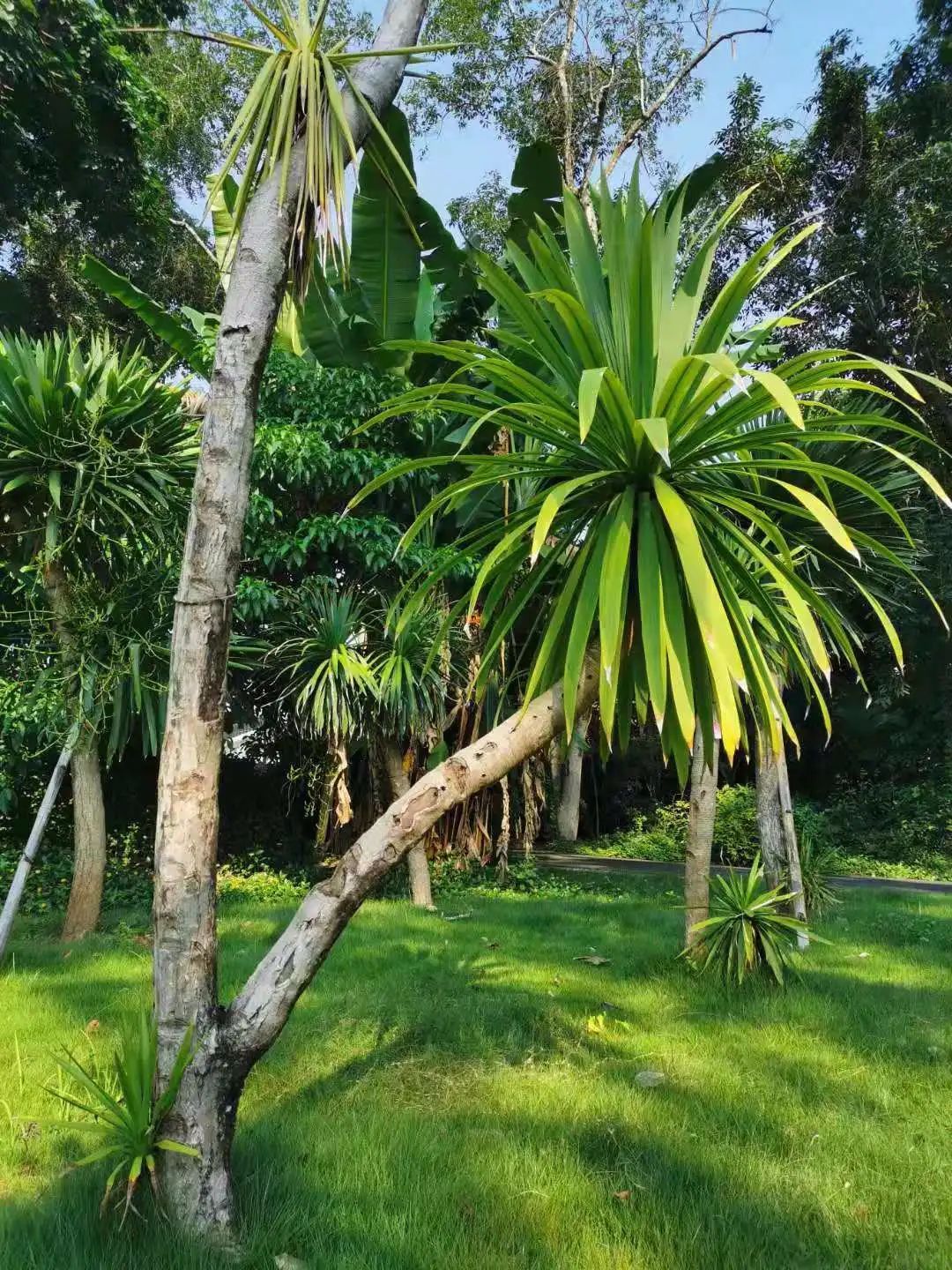
龍血樹 Dracaena angustifolia
For thousands of years, TCM has provided the basic guarantee for the health, reproduction and prosperity of the Chinese nation. TCM culture has been deeply rooted in the fertile soil of the traditional Chinese culture from the very beginning , and it has played a pivotal role in the Chinese civilization. There have been historical and cultural records of Chinese medicine in Chinese literatures since ancient times,such as Fu Xi's Needles
and Shen Nong’s Herbs. Many ancient classics of TCM, contain extensive and profound medical theories, which are the great contributions of the Chinese people to the development of human civilization. The unity of nature and mankind, harmonious development, and a community of shared destiny are the direction of Chinese philosophy and natural science's millennia of exploration and pursuit. Promoting the culture of Chinese medicine is a great cause for the benefit of all mankind.

天麻 Gastrodia elata
During the Warring States Period of China, there were 124 kinds of medicines recorded in the Classic of Mountains and Rivers
(Shan Hai Jing), including about 51 kinds of botanical medicines.The number of medicines recorded in"Fifty twoPrescriptions
for Diseases(Wushi’er Bingfang)"increased to 242, and there were 108 kinds of botanicals; the famous herbal monograph "ShenNong's Materia Medica (Shen Nong Ben Cao Jin)" recorded 365 kinds of medicines, including 252 kinds of botanicals; During Ming Dynasty,China has entered the heyday of the development and utilization of TCM resources and the traditional medicine theories."Compendium of Materia Medica(Ben Cao Gang Mu)" contains 1892 kinds of medicinal materials, including 1094 kinds of botanicals.

人參 Panax ginseng
At present, there are about 11,118 medicinal plant species known to exist in China, accounting for 40% of the world's medicinal plants, and is an important material basis for industries such as TCM, food, and health products. The development and utilization of medicinal plants provide foundation to many poverty-stricken areas to achieve poverty alleviation and make China healthy.

靈芝 Ganoderma Lucidum
With the increasing demand for the development and production of Chinese medicine, health care products, cosmetics, etc.,the mismatch in the production methods of farmland medicinal plants, the protection and development of wild provenances,etc.
have become increasingly prominent, illegal purchases of wild medicinal plant resources become a phenomenon and the ever-expanding commercial interests have put tremendous pressure on the protection of wild medicinal plant resources. Excessive collection threatens the survival of populations and species, and at the same time has caused varying degrees of damage to the ecological environment and biodiversity.

柴胡 Bupleurum chinense
National natural resources and forestry administrative agency, enterprises and consumers are all aware that while wild medicinal plant resources are declining sharply,the yield and quality of herb medicines is also greatly affected, which to a large extent restricted the development of healthy China and TCM.

沉香 Aquilaria sinensis
Faced with this challenge,it is necessary to develop a way to protect natrual resource,reduce excessive ecological damage, and at last achieve sustainable development, produce high-quality medicinal plants to meet social needs.
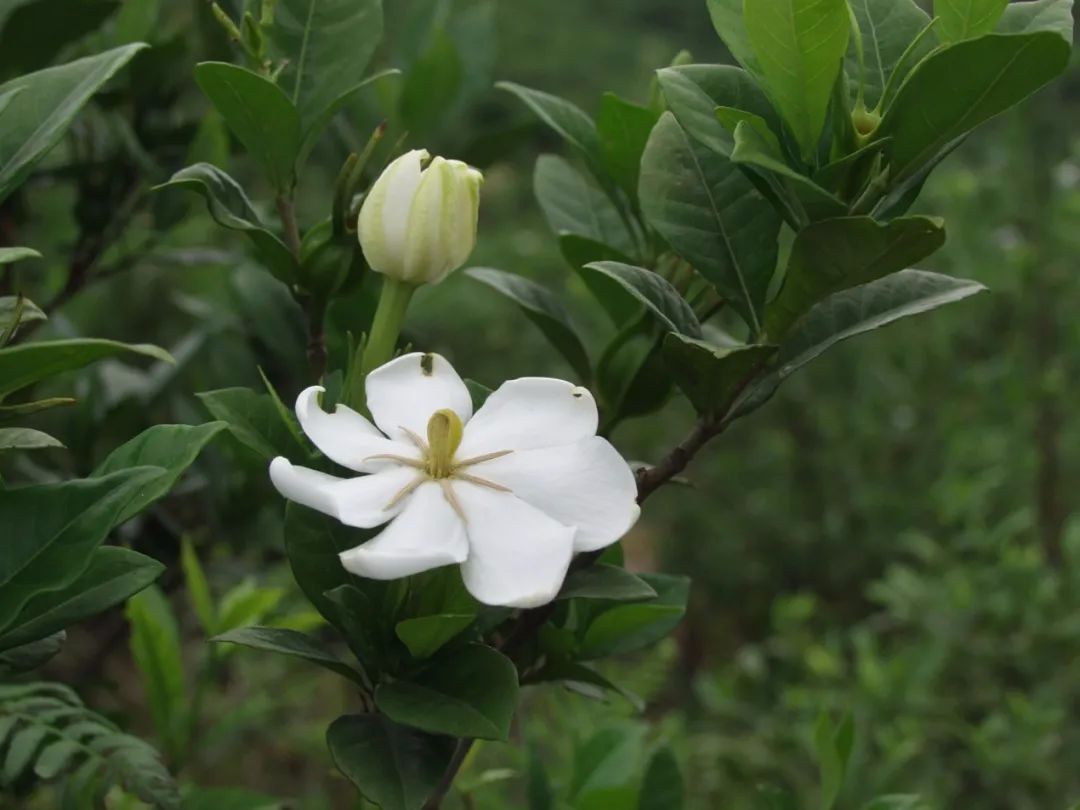
梔子 Gardenia jasminoides
Chinese researchers have adopted wild tending techniques to successfully artificially breed wild medicinal plants, and cultivating in forest nearly one million acres of Panax ginseng in Jilin and Liaoning, wild breeding one million acres of Forsythia suspensa in the Henan and Shanxi, cultivating Gastrodia elata in Yunnan,Guizhou and Shaanxi; successfully introducing Fritillariaspp.in Sichuan province and Qinghai province;
successfully cultivating Aquilaria sinensis in Hainan, Guangdong,and Guangxi, and realizing artificial fragrance-making technology. By the promotion of technology
and , it has effectively lifted many local people out of poverty.
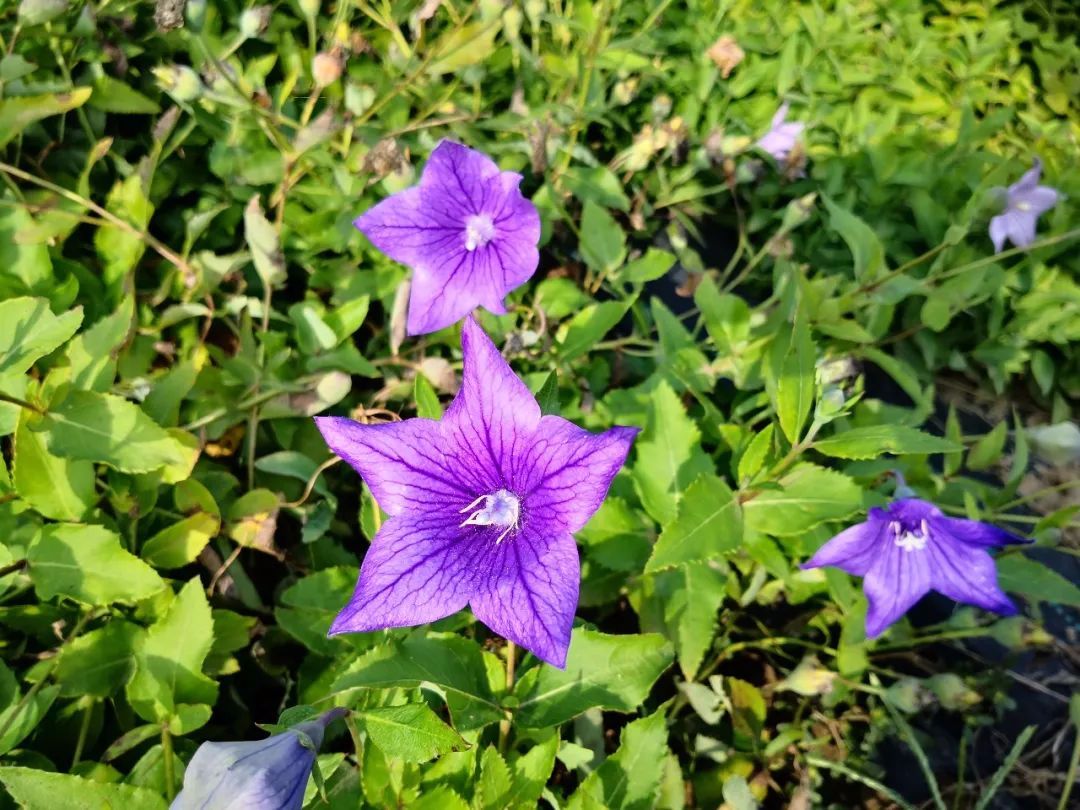
桔梗 Platycodon grandiflorus
TCM has spread to 183 countries and regions. The Chinese Medicine Technical Committee (ISO/TC249) established in the International Organization forStandardization (ISO) promoted by China has issued 45 international standards for TCM, providing high-quality products to the world. TCM is rapidly integrating into the international medical system, making more and more contributions to human health and well-being. Especially in the fight against the coronavirus pandemic, Chinese medicine has played a huge role.
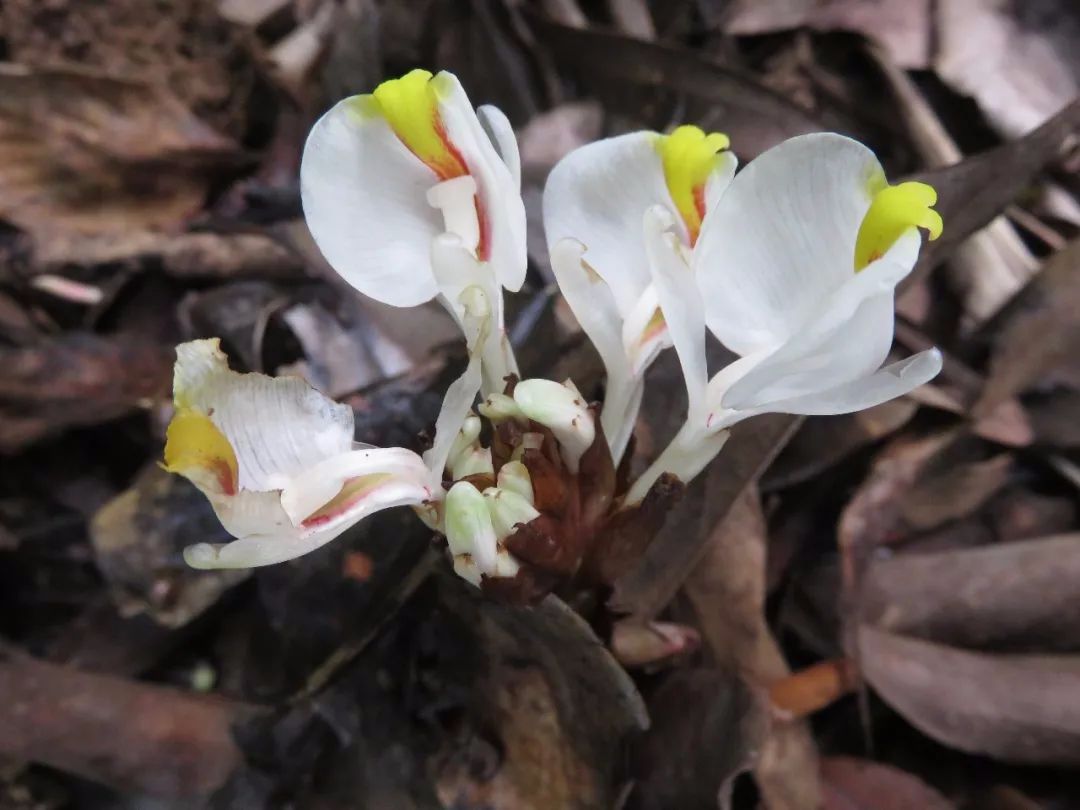
砂仁 Amomum villosum
In the future, China will strengthen the strict protection of wild medicinal plant resources, economize on the use of wild medicinal plants, carry out scientific research, development and utilization of alternatives to rare and endangered Chinese herbal medicines, and minimize the destruction of wildresources,
standardize the commercial cultivation of medicinal plants, crop wild relatives (CWP) and ecological planting to reduce demand pressure on wild populations. At the same time, it will ensure the scientific breeding of medicinal plant products and improve the quality of medicinal plants, make full use of the natural resources of the forest to realize the improvement of forest and grassland ecosystem services, promote the economic development of the forest and grassland, and boost farmers’ income.

黃連 Coptis chinensis
China Wild Plant Conservation Association is organizing relevant scientific research institutions to study and formulate the "National Standards for the Protection and Breeding of Medicinal Plants" and at the same time, it is carrying out work to influence and implement international trade standards to promote the integration of TCM industry into the world economy.

稿 源:中國野生植物保護協會
專家顧問:張本剛 | 宋經元 | 齊耀東
文化顧問:張桂徵 | 張振華 | 孫英寶
翻 譯:李 鉞 | 劉 聰 | 劉 燕
攝 影:屠鵬飛 | 宋經元
責任編輯:李姍姍 | 楚雅南

| 版權聲明: 1.依據《服務條款》,本網頁發布的原創作品,版權歸發布者(即注冊用戶)所有;本網頁發布的轉載作品,由發布者按照互聯網精神進行分享,遵守相關法律法規,無商業獲利行為,無版權糾紛。 2.本網頁是第三方信息存儲空間,阿酷公司是網絡服務提供者,服務對象為注冊用戶。該項服務免費,阿酷公司不向注冊用戶收取任何費用。 名稱:阿酷(北京)科技發展有限公司 聯系人:李女士,QQ468780427 網絡地址:www.arkoo.com 3.本網頁參與各方的所有行為,完全遵守《信息網絡傳播權保護條例》。如有侵權行為,請權利人通知阿酷公司,阿酷公司將根據本條例第二十二條規定刪除侵權作品。 |
 m.quanpro.cn
m.quanpro.cn